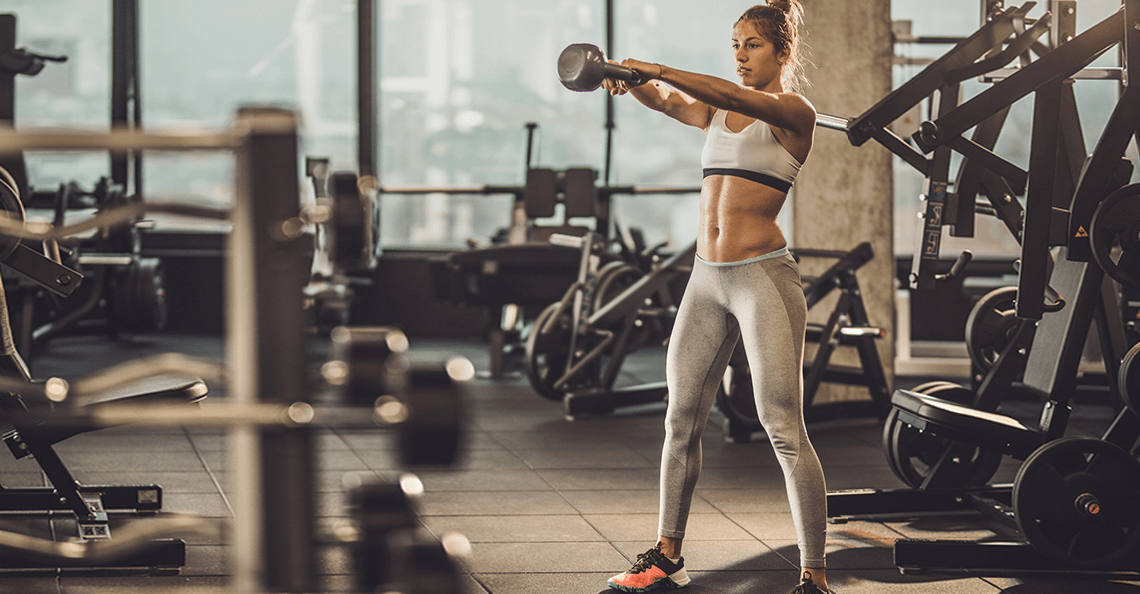I’ve seen a lot of trainers come and go. Some looked like Marvel superheroes. Others had the charisma of a self-help guru. But almost all of them lacked legitimate scientific knowledge.
Many of them were objectively very good at training themselves. But someone who’s training another person should be able to answer basic questions about how the human body uses energy. Or why and how the body changes in response to exercise. Or how the stress a client encounters outside the gym can affect their performance in your training sessions.
It’s not just for you and your clients. A trainer without a basic understanding of anatomy, physiology, biomechanics, and the psychological underpinnings of his clients’ behavior diminishes the entire fitness industry.
If you didn’t learn these things in school, or when you got your personal training certifications, don’t feel bad about yourself. Lots of very good personal trainers don’t have degrees in exercise science, and some don’t have college degrees at all.
But just because you have a reason for not knowing these things doesn’t mean you have an excuse for not learning them.
Here are five key concepts every trainer needs to understand, and too many don’t.
READ ALSO: The Best Personal Training Certifications in the United States
- 1. Energy systems: What they are, and how to train them
- 2. Force vectors: Why they matter
- 3. SAID principle: The crucial link between actions and adaptations
- 4. Stress: How it affects your clients in and out of the gym
- 5. Psychology: What your clients don’t say can make or break your program
- Final thoughts
1. Energy systems: What they are, and how to train them
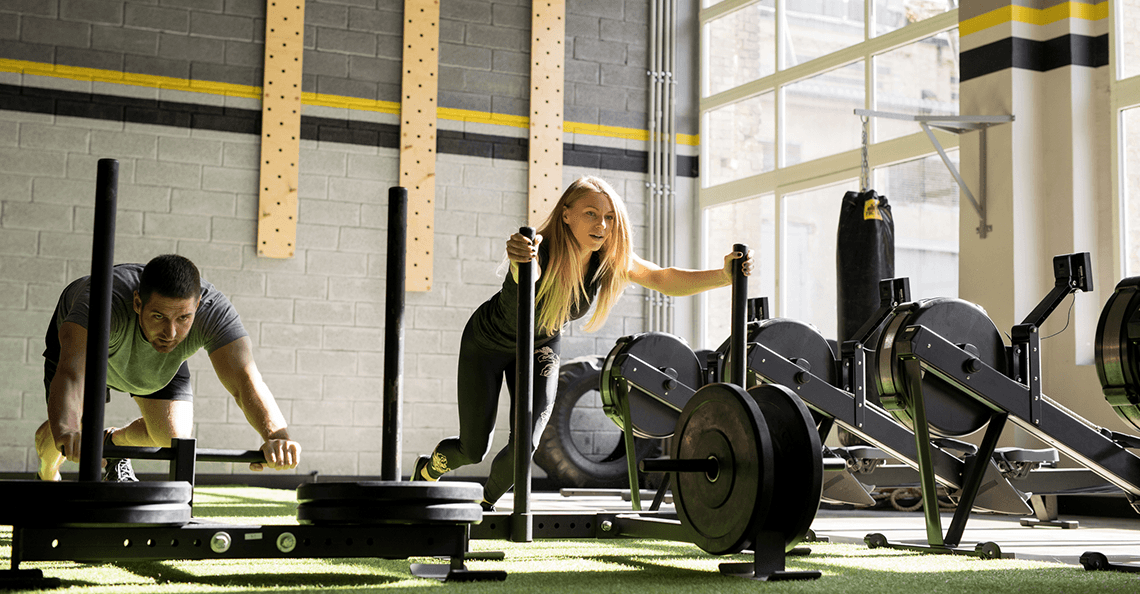
Fitness pros talk a lot about energy systems. Unfortunately, most of it is either overstated or altogether wrong.
Every human has access to three distinct energy pathways. Which means every client, from the 80-year-old grandmother to the 16-year-old soccer player, is using all three systems during your workouts.
They work as a sliding spectrum, based on the immediate need to produce force and overcome a challenge. In one way, it’s like your body is shifting gears—lower gears and higher RPMs when it needs to quickly reach top speed, higher gears and lower RPMs to hit a sustainable pace.
But it’s not a perfect comparison. A car can only be in one gear at a time, while your body sometimes needs to use multiple energy systems simultaneously.
Aerobic system
Aerobic means “with oxygen,” which is why it’s also referred to as the oxidative energy system.
Because it’s your body’s default system, you use it all day, every day, whether you think about it or not. If you’re breathing, and not doing anything more strenuous than sleeping, sitting, or walking around, you’re using oxygen to tap into fat, your body’s near-boundless energy supply, along with carbohydrate.
How much of each you burn at any given moment depends on what you’re doing; what you ate and when you ate it; your overall health; your fitness level; and a bunch of other factors.
To train it, you generally need at least 20 minutes of exercise at a steady pace, although short bursts of higher-intensity exercise can also increase your VO2 max, the standard measure of aerobic fitness.
Phosphagen system (ATP-CP)
This is the first of your two anaerobic energy systems. It uses creatine phosphate (CP) to release adenosine triphosphate (ATP) for quick bursts of power or speed. Because your muscles store very little ATP and CP, these all-out efforts are limited to perhaps 10 seconds. After that, you have to slow down to allow your muscles to replenish their phosphagens.
You train this system the way you use it: with relatively short bouts of near-maximal effort. Remember that “maximal” is relative to your client’s strength and conditioning level. One client’s max is another’s warm-up.
Anaerobic glycolysis
Glycolysis is a fantastically complex process with a relatively simple outcome: use glucose for energy. It gets the glucose from your blood along with the glycogen stored in your muscles and liver.
We use anaerobic glycolysis for much of what we do in the gym—anything that takes more than 10 seconds and creates an oxygen deficit by the end. You also use it at the beginning of lower-intensity activities, before your breathing stabilizes and you can use your aerobic energy system, and at the end when you’re going into a finishing kick.
Theoretically, a trained athlete can use this system for as long as two minutes, but for your clients, it might be as little as 30 seconds before they’ll be gasping for breath and need to stop. As soon as their breathing returns to normal, they’ll return to using the aerobic system.
With a combination of strength and interval training, your clients’ improved conditioning will allow them to perform longer and more challenging sets and intervals, and to recover faster in between.
READ ALSO: Metabolic Conditioning: Don’t Say It Unless You Know What It Is
2. Force vectors: Why they matter
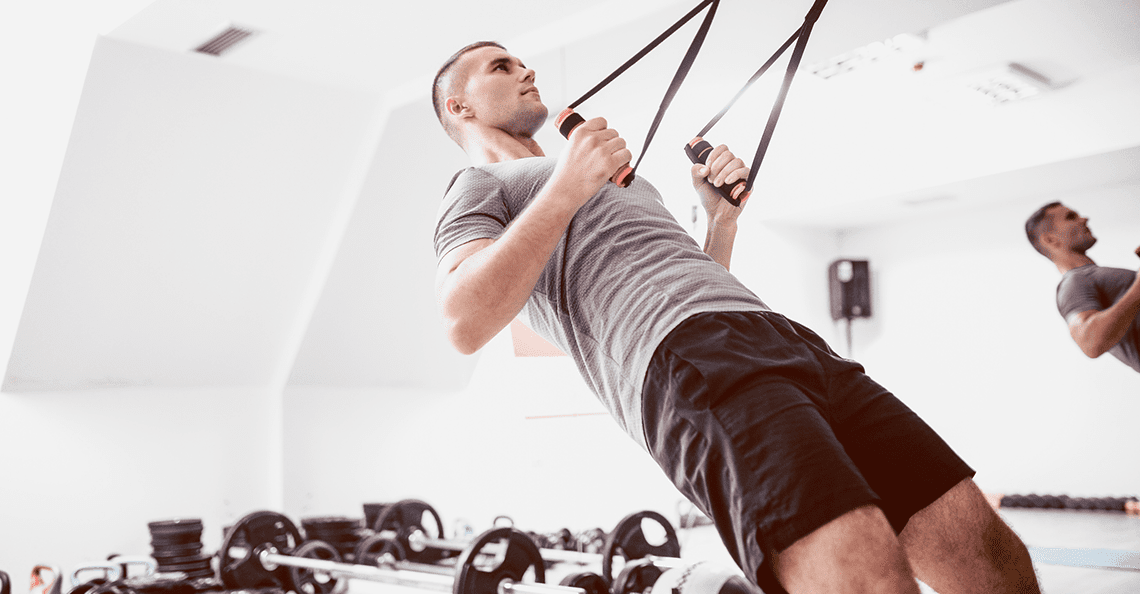
Movement always takes place against some form of resistance. You start with gravity, inertia, and the weight of your body, and then add whatever external load you want to move or manipulate. Whether that load is a pencil or a barbell, your muscles need to generate some amount of force to complete the task.
The strategy your body uses depends on the load and the force vector. For example, if you lift your arm out to your side, you don’t give it much thought. Your arm doesn’t weigh much, and it takes little effort to move it around. You can do it all day.
But if do the same thing with a weight in your hand, the strategy changes. From your feet to your neck, different muscles engage to stabilize your body while you lift the weight.
Make the weight heavier, and what does your body do? You don’t just contract the same muscles harder. You change the force vector by bending your elbow to shorten the axis of movement and shifting your torso to keep your body stabilized.
If the weight’s even heavier, you may not be able to lift it out to the side at all. But if you lie down on a bench, with your back fully supported, you could easily lift the same weight over your chest. You have the leverage provided by the bench and the mechanical advantage of lifting the weight directly over your center of gravity.
The type of resistance matters too. You can use cables, bands, and suspension trainers to not only change the force vector, but also to manipulate how the body interprets the movement. You can even add vectors by using two forms of resistance simultaneously—squatting with a band around the knees, for example.
READ ALSO: How to Change a Workout on the Fly in a Crowded Gym
3. SAID principle: The crucial link between actions and adaptations
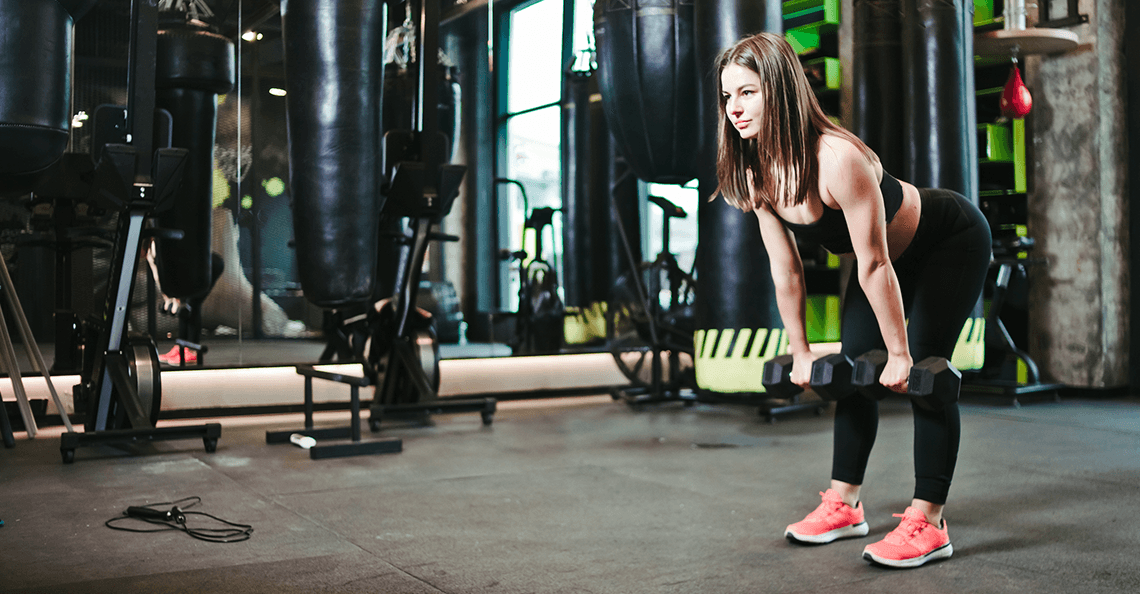
Your body doesn’t change because you think it would be a lot cooler if it did. It changes when you consistently challenge it to get better at whatever you’re training it to do.
In other words, it makes specific adaptations to imposed demands, or SAID.
SAID can be negative and positive. If you spend long hours slumped on the couch in front of the TV, your body will adapt to sitting on your couch. Your posture will worsen, key muscles will shorten or lengthen, you’ll lose strength and mobility, contractile tissues will atrophy, and you’ll almost certainly decrease your cardiovascular output.
On the other hand, if you run several days a week, gradually and progressively increasing the speed and distance of your runs, your body will adapt to running. Your VO2 max and stroke volume will improve, you’ll increase capillary density, and your resting heart rate will decline. Your lower-body muscle fibers will remodel themselves to become more endurance-oriented, and your bones will thicken to make them more resilient to repetitive impact. You’ll also get better at running, with more efficient form that requires less effort on each stride.
A good personal trainer understands that every part of a client’s program should impose demands that lead to adaptations specific to the client’s goals. There should be a reason to do everything in the program, and a reason not to do something else.
READ ALSO: The Myth of Fat-Burning Workouts
4. Stress: How it affects your clients in and out of the gym
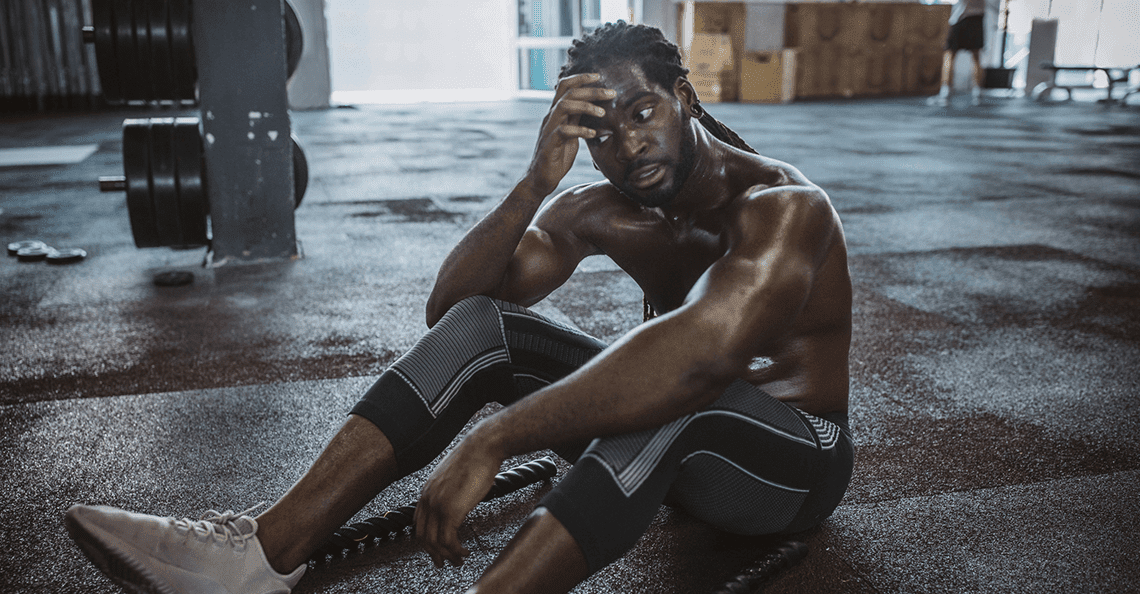
“Every stress leaves an indelible scar, and the organism pays for its survival after a stressful situation by becoming a little older.” — Hans Selye
Hans Selye was a mid-20th-century endocrinologist who coined the word “stress” as a way to describe the body’s reaction to the illnesses, injuries, and other things that grind it down. He called it the general adaptation syndrome (GAS) in a paper published in 1936.
Interestingly, he later regretted using the word “stress” instead of something more descriptive, like “strain.” This is how he tried to clear up the confusion he’d created: “Stress, in addition to being itself, was also the cause of itself, and the result of itself.”
Got that?
As Selye observed, stress comes in all forms, and can have a positive or negative impact. The modern world is filled with big and small stressors—your commute to work, the client who canceled, that argument you had with your spouse. All of them matter, creating a cumulative challenge to your health and well-being.
Exercise is also a type of stress. Most of the time it’s a positive experience, known as eustress, but with too much intensity or volume and too little recovery, it can become distress. The negative effects of exercise are compounded by problems at work or home, poor sleep, suboptimal nutrition (too much or too little or the wrong kinds of food), or excess alcohol or caffeine.
That’s why a client who has her lifestyle dialed in can push herself hard and still see improvements, while for another, even a modest training program can leave him exhausted and frustrated. The stressors in his life ensured that any workouts could leave him effectively overtrained.
The best coaches know to vary the intensities of each client’s workload to account for the stress the client carries into the gym. They can scale it down on days when a client is tired, tense, or unfocused. They can also scale up on days when the stars align, and it’s possible to chase progress.
You need to have enough empathy for your clients to identify when working out harder won’t help them achieve their goals. It’s possible that the biggest benefits will come from improving their sleep, eating more fruits and vegetables and less junk food, cutting back on stimulants and alcohol, or simply taking a short vacation to relax and recalibrate.
READ ALSO: The Big Rocks of Personal Training
5. Psychology: What your clients don’t say can make or break your program
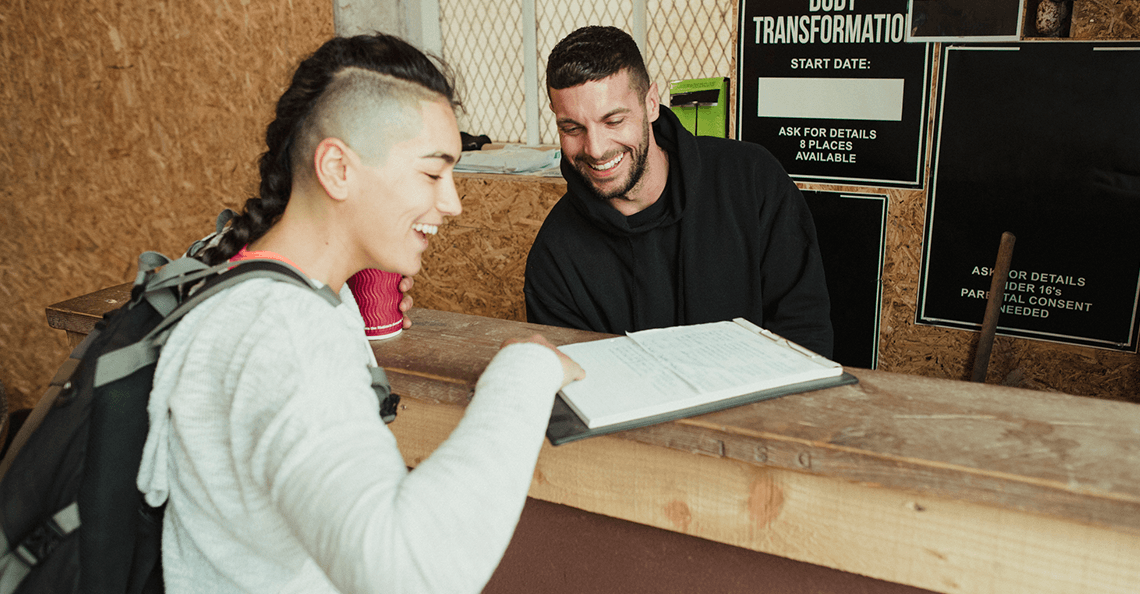
If you want to master the “personal” part of personal training, you have to understand your clients. What motivates them? Can you read their emotional state well enough to see when they’re uncharacteristically driven or drained?
Let’s say you add something new to the program, and the client doesn’t like it. Some will tell you, but many won’t. (And those who speak up are often the ones who complain about everything.) Too many trainers will miss the client’s nonverbal signals and assume they just need a little more motivation. (“The fat won’t burn itself!”) Or, worse, they’ll read the negative body language as a character defect. (“Dig deep and suck it up!”)
Most clients will do what you tell them, however begrudgingly, but will also resent you for it.
Conversely, if you notice the client’s resistance, and ask what’s going on, you may discover the client has a good reason for not wanting to do it. An older client might feel intimidated by meatheads lifting (and then dropping) heavy weights nearby. A heavier client might not want to do a hip hinge that exposes her backside to scrutiny. A middle-aged guy might balk at doing an exercise that would expose his lack of strength or coordination.
Good trainers don’t just provide answers. They ask questions. They pay attention to what the client doesn’t say. And over time, they earn their clients’ trust. With trust comes respect, with respect comes loyalty, and with loyalty come good results for the client and financial security for the trainer.
It all starts with understanding how a client’s psychology can affect their workout, and how their workout can contribute to or take away from their overall happiness.
READ ALSO: How to Make Sure You Aren’t One of the Bad Trainers Ruining Our Profession
Final thoughts
The job of a personal trainer is straightforward: Help your clients achieve outstanding results without risking their health or safety.
But the process is infinitely complex. You owe it to yourself and your clients to understand the science that supports your program and the nutrition and lifestyle advice you offer. You need to understand the reasons for your client’s progress or lack thereof.
No trainer can ever know it all, but every trainer should at least know the basics. Without that knowledge, and a lifelong desire to build on it, you can never truly succeed as a fitness professional.

